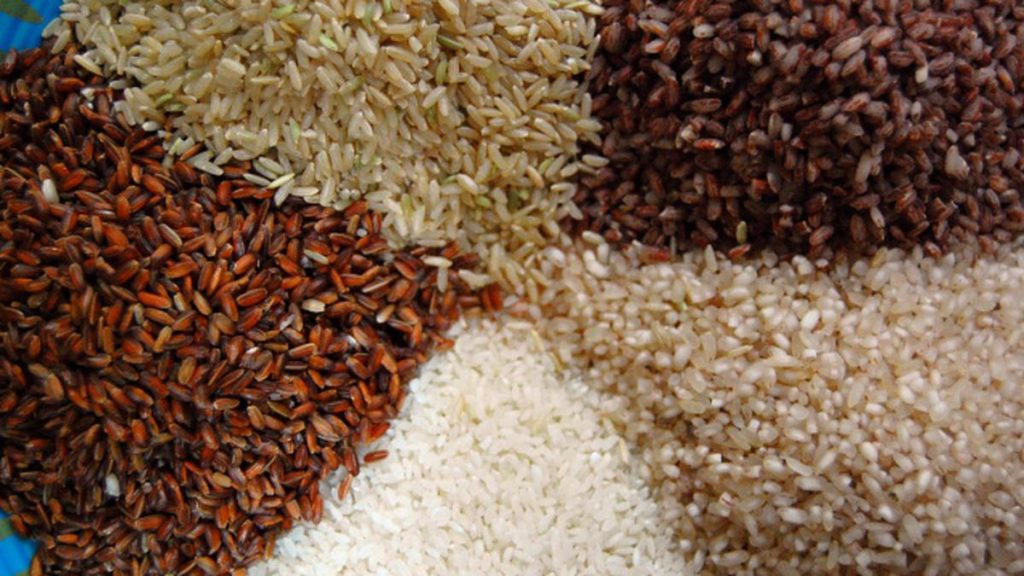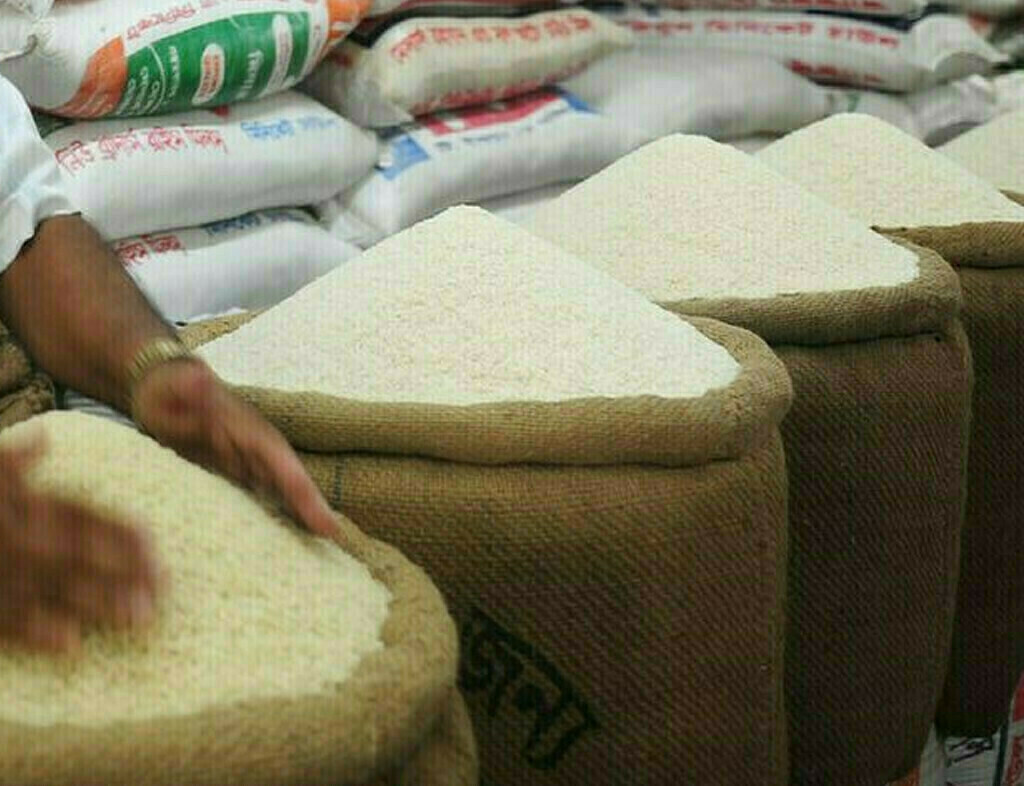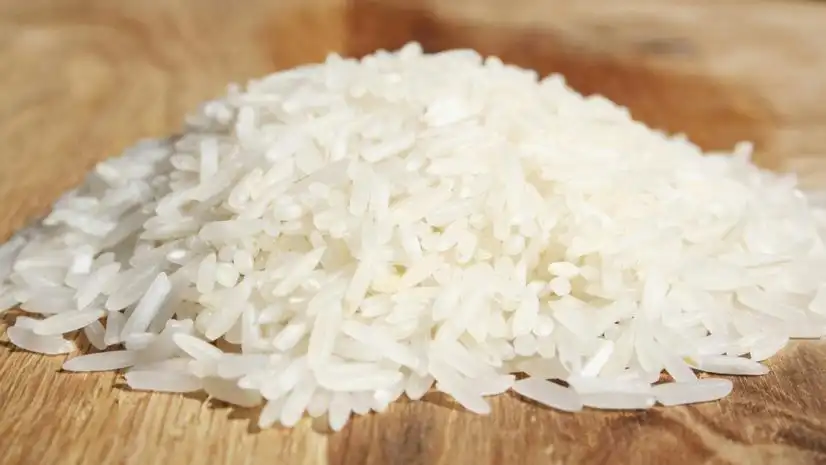Tags
Study finds wide variety of nitrogen-use efficiency in Indian rice varieties
This can lead to the development of newer varieties that use less nitrogen and are high-yielding, cutting costs on imported fertilizers and reducing nitrogen-linked pollution
Jacob Koshy

Biotechnologists at the Guru Gobind Singh Indraprastha University (GGU) in New Delhi have discovered a wide variation among popular varieties of rice in India in their ability to use nitrogen. This knowledge can be used to develop newer varieties that use less nitrogen and are high-yielding, thus slashing expenditure on imported fertilizers and reducing nitrogen-linked pollution.
“Cereals consume two-thirds of all urea in India, led by rice. Poor fertilizer nitrogen-use efficiency (NUE) wastes N (nitrogen)-fertilizers worth ₹1 trillion a year in India and over $170 billion per year globally,” N. Raghuram, Professor at GGU, and lead author of the paper, said, reporting these findings.
Nitrogen use efficiency refers to the yield of a crop relative to the nitrogen (natural and artificial) available to it.
“Worse, N-fertilizers are the main source of nitrous oxide and ammonia pollution of air and nitrate/ammonium pollution of water, affecting our health, biodiversity, and climate change. Yet, we don’t have a ranking of any Indian crop varieties in terms of their NUE for crop improvement by selection or breeding,” Dr. Raghuram said.
The paper was published late last week in the peer-reviewed Journal of Plant Growth Regulation.
The NUE of the best varieties were five times as much as the least, the investigation found. However, a high NUE doesn’t always mean the highest yields and farmers in India generally prefer varieties with the highest yields.
“The focus of Indian agriculture has for a long time been to solely increase yield. This was necessary during the Green Revolution but this also meant more synthetic fertilizers, more wastage, and pollution. India has tens and thousands of rice varieties but only a few are actually used and studied as part of agricultural research. To find newer crops that have improved NUE and yields, we have to have a wider approach,” Dr. Raghuram told The Hindu.
The study was co-authored by Ashu Tyagi and Navjyoti Chakraborty, both scientists from the Centre for Sustainable Nitrogen and Nutrient Management, School of Biotechnology, GGU.
While some improvements in NUE could be done by improving fertilizer formulations, legume-based crop-rotations and crop management practices, it was now become necessary to lay more stress on improving the crop using biotechnology, the authors of the study said.
“Our screening of a dozen rice varieties out of over a thousand Indian-released varieties revealed five-fold variation in NUE that can be tapped for crop improvement. There could be even higher potential in the tens of thousands of untapped farmers’ varieties/landraces” Ms. Tyagi, who carried out this work for her doctoral thesis, said. “This was by far the most comprehensive study of 46 phenotypic and physiological parameters in any crop. We found 19 parameters strongly associated with NUE, including eight we discovered for the first time, subject to confirmation in field trials,” she added.
The studies are a result of investigation done over a decade using different sets of 34 released rice varieties by different researchers in the lab with a consistent methodology to evaluate NUE in the university greenhouse, which are plots within campuses to simulate agricultural fields.
“The varieties we earlier found to be of high NUE in the greenhouse were later confirmed in the field by our partners in agricultural institutes. So we are increasingly confident that we have a reliable field-relevant methodology for biological assessment of NUE. On that basis, we can recommend large-scale screening of all the Indian varieties of rice to find more and more NUE cultivars that suit different agroclimatic conditions and markets,” Dr. Raghuram said.
India is the world’s second-largest source of nitrous oxide (N2O), a greenhouse gas that heats up the atmosphere far more than carbon dioxide. Nearly 11% of such global manmade emissions in 2020 were from India, topped only by China at 16%. The major source of these emissions is fertilizer usage, according to a global assessment of N2O emissions conducted in June.
https://www.thehindu.com/sci-tech/science/study-finds-wide-variety-of-nitrogen-use-efficiency-in-indian-rice-varieties/article68512601.ecePublished Date: August 11, 2024






